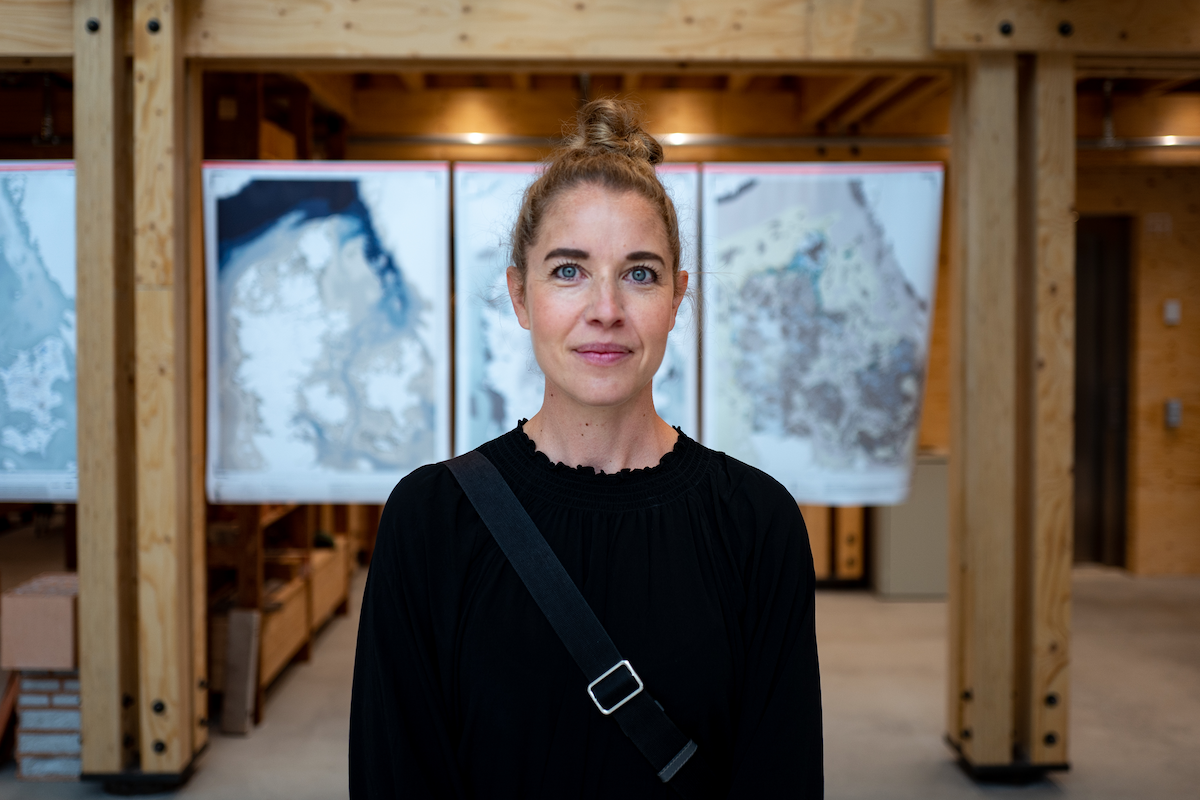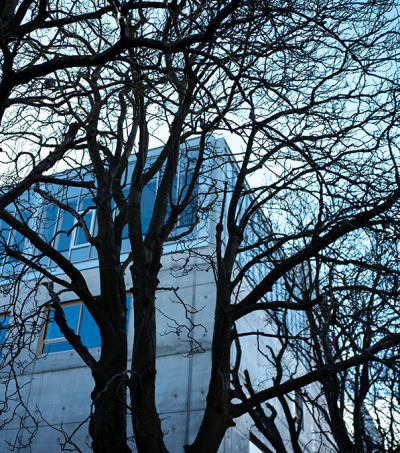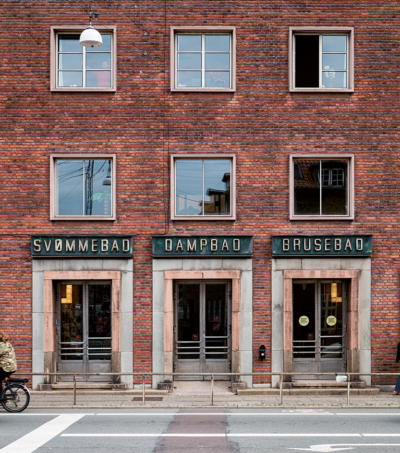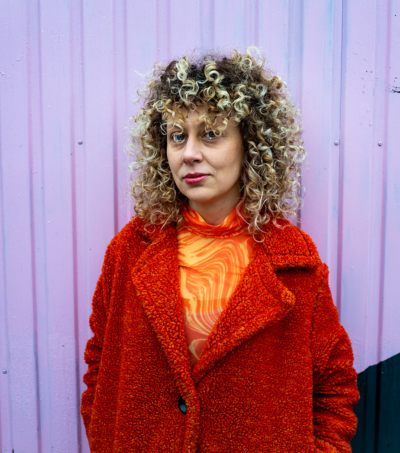I saw an opportunity to examine the meeting between technologies – everything we build from and with – and the language of architecture, or the spatial gesture, as I like to call it, because it resembles our own richly nuanced body language.’
SPACES THAT ACCOMODATE
It now seems she will be working on a day-to-day basis at a school of architecture anyway, when, on 1 September, she takes up a professorship at Aarhus School of Architecture. However, despite being given new tasks and more responsibilities, her focus will remain on the core aspect that has been the guiding thread of her work so far:
‘How can the technical principles – from aspects of construction to the technical principles of indoor climate or urban technologies – create more gestures, expand the spatial capacity of architecture and make it more accommodating? The conditions of construction – prefabrication and construction systems – dictate that we build inexpensively and efficiently. That we need to create better housing for more people using fewer resources. The question is, how can we create an architecture that combines lasting quality with the conditions determined by economic aspects and technology?’
THE REACH OF ARCHITECTURE
Marie Frier Hvejsel has been an employee of Aalborg University ever since she was a student there. First as a PhD student and later as, respectively, an assistant professor and an associate professor at the Department of Architecture, Design and Media Technology – a position she has held since 2016. In her new professorship, she will be able to continue and expand her efforts to strengthen the connection between technologies and the spatial language: the potential of architecture.
‘I have always been absorbed by the way technology can expand the reach of architecture: What problems and challenges can we, and ought we, engage with? The better we are at seeing technologies and construction systems as potentials for spatial gestures, the better we will be at utilising the resources we use for construction. It is a question of understanding the conditions of architecture, and this is key to expanding architecture’s ability to contribute to increased social, environmental and economic sustainability. The spatial gesture is the architect’s key to engaging in these societal challenges, as it can broaden the scope of who the building is for and the quality of life people can lead there. This is, however, conditional on the technology’.
Marie believes that, not least when it comes to transforming existing buildings, having an eye for the potentials of constructions and construction systems can provide the starting point for a successful transformation that contributes new spatial gestures.
THE MAJOR CHALLENGES
Marie is ready to meet these visions working alongside her new colleagues.
‘I would like to help advance all the things the many talented students, researchers and teachers here at the school are capable of. If, together, we can improve our understanding of construction technologies as a natural starting point for expanding and developing the spatial capacity of architecture, then we can help solve the significant environmental, social and economic challenges we face as a society.’
A FEW FACTS
- Marie Frier Hvejsel will be affiliated with Aarhus School of Architecture’s Research Lab 2: Technology, Building Cultures and Habitation.
- During her studies, Marie was taught by Karl Christiansen, now a professor emeritus at Aarhus School of Architecture. Her professorship is, in a way, an extension of his efforts.
- Marie lives in Brabrand with her husband, Christian, and their two boys: Herman, aged nine, and Johan, aged seven.





